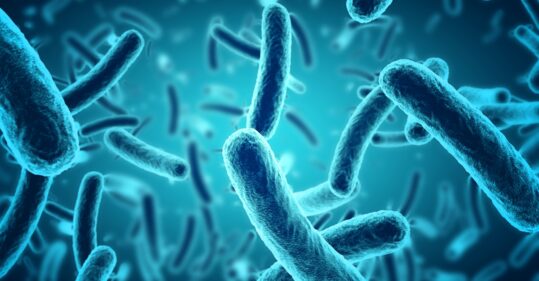Antibiotics less effective when multiple microbes present

Antibiotics were found to be ‘significantly less effective’ when multiple microbes are present at an infection site.
Research from the University of Cambridge found that much higher doses of antibiotics are needed to kill bacteria where multiple species of pathogen are present at the infection site.
The new findings which are published in The ISME Journal, highlight the need to adjust antibiotic doses according to microbial interactions and help explain why respiratory infections are often long-lived in people with lung diseases such as cystic fibrosis
Related Article: Gypsy, Roma and Traveller healthcare: How can primary care serve this group?
The researchers found that even a low-level presence of an additional microbe in the airways can have a profound effect on the way pathogenic microbes respond to antibiotics.
Persistent poly-microbial infections are common in the airways of people with cystic fibrosis, asthma and chronic obstructive pulmonary disorder, and can be very difficult to cure using antibiotics. Treatments target the pathogenic bacteria causing the infection but do not consider the other microbes which may be colonising the infection site.
‘People with chronic infections often have co-infection with several pathogens, but the problem is we don’t take that into account in deciding how much of a particular antibiotic to treat them with. Our results might help explain why, in these people, the antibiotics just don’t work as well as they should,’ said Thomas O’Brien, who carried out the research for his PhD at the University of Cambridge.
In order to study multiple species of microbes growing in the airways at the same time, the researchers built a simplified model of the human airways which included artificial phlegm packed with bacteria. A combination of three microbes commonly present in the airways of people with cystic fibrosis was introduced and then treated with the antibiotic colistin.
Related Article: Public urged to see practice nurse before travelling amid high enteric fever cases
Colistin is known to be very effective at killing one of the pathogens present, Pseudomonas aeruginosa, but when the other two pathogens were present alongside Pseudomonas aeruginosa, the antibiotic did not work as well. The researchers found that significantly higher doses of each antibiotic were needed to kill bacteria when it was part of a poly-microbial infection, compared to when no other pathogens were present.
‘All three species-specific antibiotics were less effective against their target when three pathogens were present together,’ said Professor Martin Welch, senior author of the paper from the University of Cambridge.
The researchers examined the genetic code of the Pseudomonas bacteria in their lab-grown mix and determined specific mutations that gave rise to antibiotic resistance. These mutations were found to arise more frequently when other pathogens were present.
Related Article: Current measles outbreaks could rise further this summer, UKHSA warns
The results highlight the need to consider the interaction between different species of microbe when treating infections with antibiotics and to adjust dosage accordingly.
This comes after a study from October 2021 suggested antibiotics have no clinical benefit for most children with chest infections.

See how our symptom tool can help you make better sense of patient presentations
Click here to search a symptom




